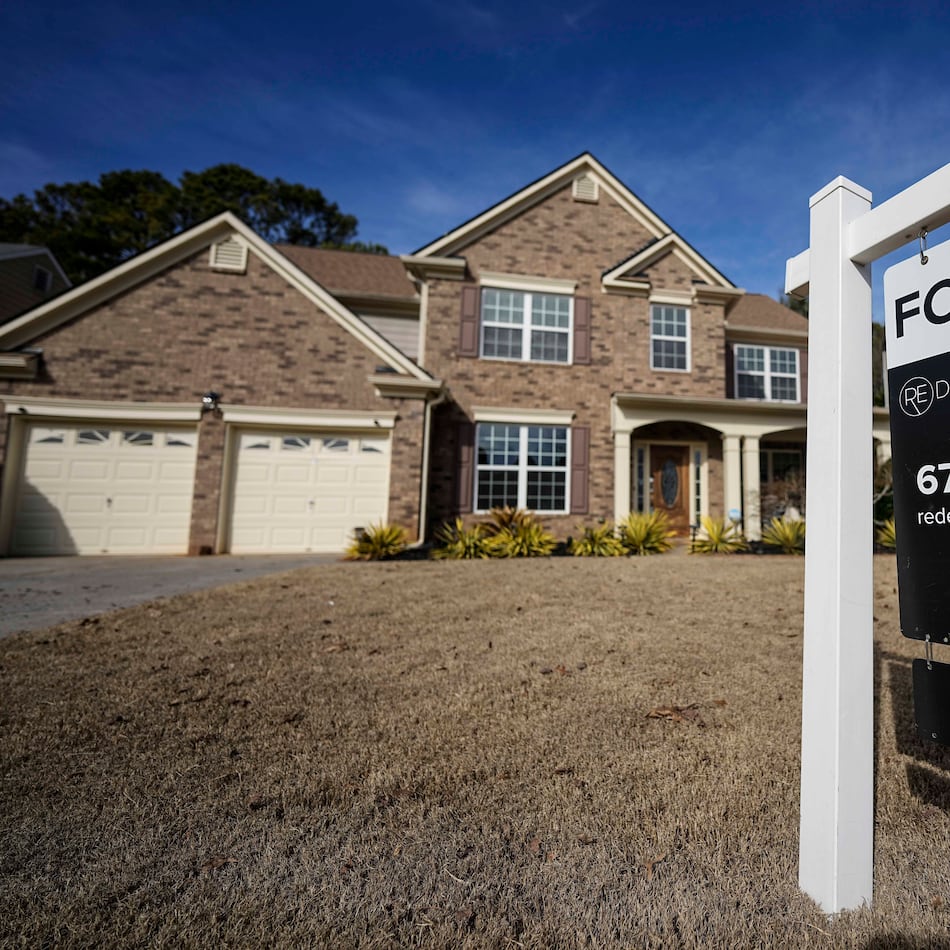Atlanta, the third-most-congested urban area in the nation, had a secret: Decatur Street. For drivers from the eastern suburbs, it was a swift backdoor chute into the heart of downtown Atlanta, a rare commuting jewel for 15,000 drivers a day.
But this summer their treasured route turned into a nightmare for drivers when a road project started and placed downtown Atlanta amid the boldest practitioners of a transportation strategy that has gained currency, and detractors, across the nation.
Unlike some road rebuilds, this one didn’t widen the street for through traffic. Instead, where the road reaches downtown, the project narrowed it, making traffic more congested.
On purpose.
The Decatur Street project, which runs from Pratt Street to Peachtree Street, aimed to slow down the cars around Georgia State University buildings, in order to make walking safer and more pleasant, and nurture the seeds of a different type of city. Other projects are in the works nearby.
According to GSU officials, the speedy car route was a dangerous and unpleasant obstacle course for thousands of students and other pedestrians. GSU pushed for the $2.1 million road work and won the backing of the city and other agencies.
For a few blocks downtown, where the road used to have two through lanes each way, it now has one each way. That lane now weaves around sidewalk extensions, dedicated turn lanes and no-drive median islands.
No overhead signs tell drivers which lanes are through and which are turn-only, so drivers in packed traffic must wait to see the arrows painted on the pavement to know which lane they’re in. Because confused or heedless drivers kept plowing into a couple of new planter islands that the project installed, as did buses and trucks that didn’t have space to turn, the planters will be replaced with islands of solid concrete or flat striped pavement.
On the other hand, where people walking from a transit stop, a college dorm or a lunch meeting once banged into each other, they now have more space, and the medians and sidewalk jut-outs provide places of safety. To cross the street, they navigate fewer lanes and slower cars. Decorative lampposts and spaces for planting dot the sidewalk.
Traffic-calming measures like speed humps have been popping up for years, but Decatur Street is no secluded byway. After GSU, the road reaches CNN Center, the Metro Atlanta Chamber of Commerce and the Atlanta Journal-Constitution, and passes several parking garages along the way. The project reaches the very center of the city, ending at Five Points.
The safety problem is a serious one. Cars have hit several pedestrians there and killed at least one, according to GSU records. But more than safety is at stake.
Writing in support of the Decatur Street remake in 2003, Atlanta Mayor Shirley Franklin said it “furthers our city’s goals of making downtown Atlanta a better place to live, work and play” and “would make a significant contribution to our vision for downtown revitalization in Atlanta.”
“Smart growth” principles say that cities can’t widen enough roads to solve congestion, so infrastructure money should enable mass transit use, walking and bicycling, and discourage sprawl. Instead of highway monoliths linking distant suburban driveways to downtown parking garages, charming walkways near transit stops would encourage people to live closer to work and entertainment.
The Decatur Street project won federal funding several years ago. The Obama administration has given official backing to the concept of land-use planning, forming a partnership between the U.S. departments of Transportation and Housing and Urban Development, and the Environmental Protection Agency.
But the strategy eludes many drivers.
“It’s a disaster, is what it is,” barked Terry Brophy, passing through downtown on his commute home to Grant Park. He sat trapped in his red sedan in a long, single lane of afternoon traffic.
Wendell Cox, an Illinois-based consultant who has written on transportation issues for the Heritage Foundation, agreed.
“This is the kind of craziness that is going on from urban planners all over the place who have nothing but utter contempt for people who drive, and as a result, while they do not realize it, have nothing but utter contempt for economics and economic growth,” Cox said.
Not so, say smart-growth advocates.
“In principle, that sort of road diet and pedestrian retrofit, particularly in a high-pedestrian area like a college campus, makes a lot of sense” and helps retail business, said David Goldberg, a spokesman for Washington-based Smart Growth America.
Both Goldberg and Cox noted that they had not studied this particular project.
For many pedestrians, it’s working.
”It’s terrific,” said Bill Waugh, a professor of public administration at GSU. “I’ve almost been hit by cars [before the reconstruction] a number of times.”
GSU’s director of facilities planning, Russ Seagren, said 30,000 GSU students walk the campus at some point, 3,000 live there, and their safety was paramount.
Seagren said that if drivers are so frustrated that they start to take MARTA, that may be a good thing, but frustration wasn’t the goal. “We would hope that people would see other means than driving their cars if those are available, and we think that there are,” he said. “But I don’t think the narrowing was done with the intent on driving drivers out of the area.”
A pedestrian advocate was more blunt.
“If people want to commute by car, or feel like they have to commute by car, that’s their problem,” said Sally Flocks of the Atlanta pedestrian group PEDS. Atlanta is the 10th most dangerous large area for pedestrians in the nation, according to a new report.
Seagren could not confirm the details of the Courtland Street project. But on Piedmont Avenue, he said, one of four travel lanes there will make way for turning, and walkers will get wider sidewalks, nicer lighting and trees, something “very similar to what we’re doing on Decatur Street.”
About the Author
The Latest
Featured

